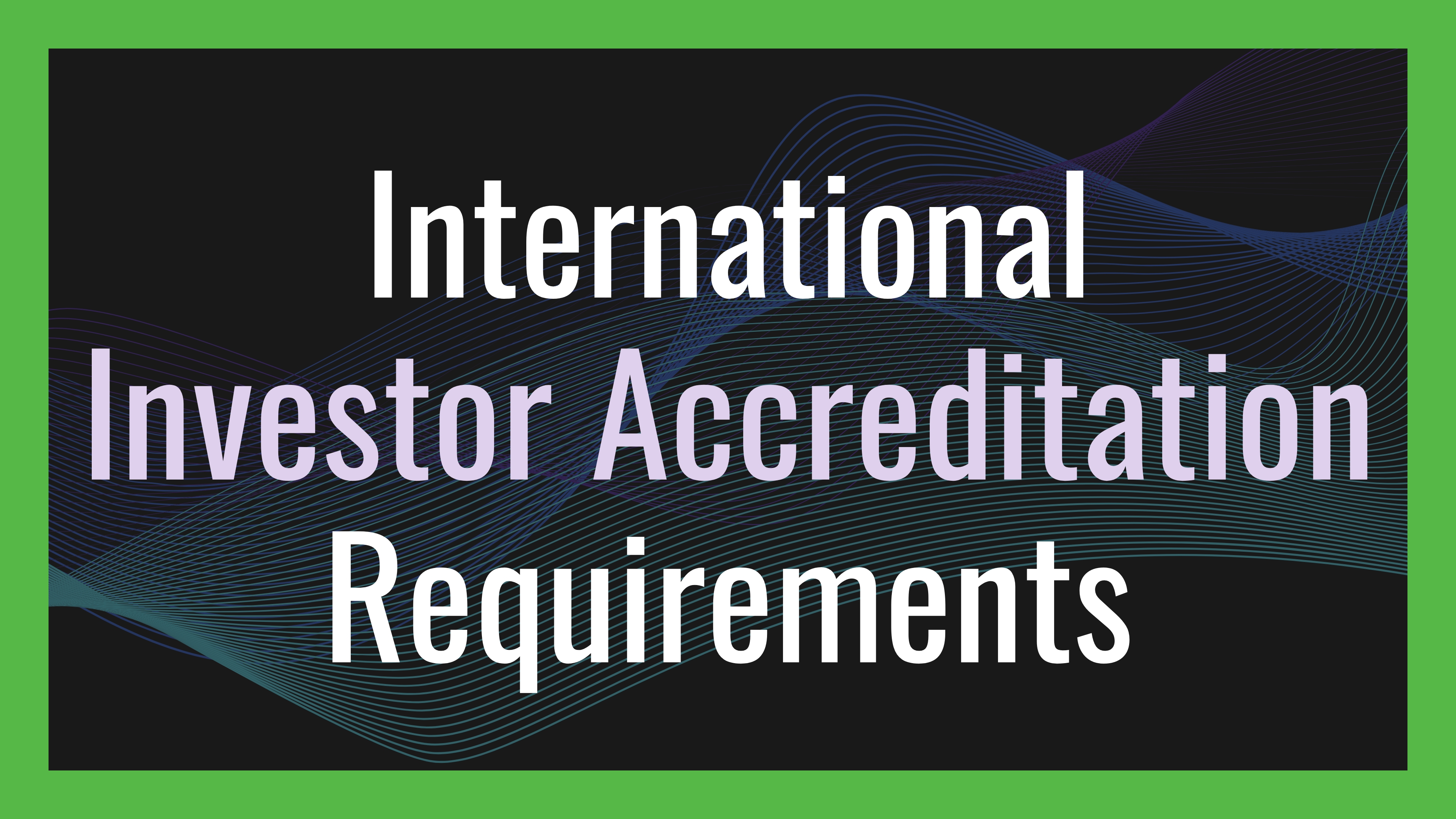
In order to build a strong venture capital firm as a first-time fund manager, you need to start with a strong Investment Thesis. Find our worksheet here.
What is the Investment Thesis for a venture capital firm?
An Investment Thesis is the strategy by which a venture capital fund makes money for the fund investors, called Limited Partners or LPs. It identifies the stage, geography and focus of investments, as well as the unique differentiation of the firm.
What are Limited Partners?
Limited Partners, or LPs, are investors in venture capital funds, and there are a number of common categories, including family offices, pension funds, endowments, sovereign wealth funds and even corporates. LPs often have allocations for different stages of venture capital as an asset class, and these allocations are provided by their internal or external investment strategy managers.
Why is the Investment Thesis important for a venture capital firm?
An Investment Thesis is used to attract Limited Partners, and it guides the activities of the firm. Most LPs have investment criteria for their venture capital allocations that they are looking to meet, and a compelling Thesis allows LPs to see if a fund meets their desired allocation criteria.
What are New Managers?
New Managers are a category of venture capitalists that are launching a new venture capital firm. Even experienced venture capitalists get categorized as a New Manager if they are launching a new firm. Many categories of LPs are restricted from investing into New Managers, including pension funds, endowments, sovereign wealth funds and even corporates. This is because New Managers do not have a track record and because the new firms run into common problems of any new business.
What is the most common Limited Partner for a New Manager?
Most New Managers raise capital from family offices, which are the investment operations of wealthy individuals and families. Small to mid-sized family offices are often led by a wealthy individual, such as an entrepreneur that has had a large exit, and these individuals make the decision to invest into a fund. Family offices often have an agenda and a focus that can align with a compelling Investment Thesis, allowing New Managers to more easily get meetings.
How do you write a compelling Investment Thesis?
There are multiple components to a compelling Investment Thesis that we have compiled into a simple to follow format. A good Thesis can often take months to develop, iterating on feedback from the market, advisors, and fund investors. In order to start this process, we have created a simple template for creating a venture capital Investment Thesis below.
“[Fund Name] is launching a [$x MM] [Stage] venture fund in [Country / City] to back [Geography] [Sector / Market Companies] [with Secret Sauce]”
Below you can see tips for each component in [brackets]:
- [Fund Name] When getting started, we recommend using a last name or color, like ‘Ressi Ventures’ or ‘Orange Fund,’ since the Thesis will evolve many times over the first months. After you feel that you have a final Thesis, then choose a name that represents your fund.
- [$x MM] This is the size of committed capital by LPs to the fund. You will be able to raise a fund that is 10 times the size of what you think you can easily close from contacts that you already have. So, if you think that you can easily raise $500,000 from friends, acquaintances and other contacts, then your first fund size maximum is $5 MM.
- [Stage] Stage is usually based on fund size, and, for New Managers, the options are angel (<$5 MM), pre-seed ($5 MM to $15 MM), seed ($15 MM to $50 MM) and Series A (>$50 MM). It is easier to have a larger fund doing an earlier stage, such as a $100 MM angel fund, than it is to have a smaller amount of money for a later stage, such as a $10 MM Series A fund.
- [Country / City] This is the city or country where the New Managers are living or plan to live while running the fund. Now, most funds have a life of at least 10 years, so make sure to pick a city or country where you and your fellow New Managers plan to be for some time. In addition, if you are living in a large country, then it is better to specify a city or region. “East Coast” is better than the United States.
- [Geography] This is the region where the fund will invest in portfolio companies. If the Geography is not specified, then it is assumed that the funding will be local. This is particularly important for New Managers, who often try to be too broad and then do not appear credible. For example, it is unrealistic to assume that a New Manager with a small fund will do cross border deals that require complex legal management.
- [Sector / Market Companies] This is the type of companies that the fund will focus on investing in, such as FinTech, digital health, SaaS or marketplaces. Ideally, when choosing a sector or market in a geography, the opportunity will be obvious to the right LPs, such as "East Coast Fintech companies” or “German SaaS companies.”
- [with Secret Sauce] ’Secret Sauce’ is your insight into a sector or market opportunity based on your in-depth experience. For example, “West Coast heath startups based on my 15 years leading the largest health tech angel group in San Diego while practicing neurosurgery.” The secret sauce needs to show why you are uniquely qualified to create this fund, and, if the market opportunity is not obvious, it should also show why the market opportunity is important right now.
What is a sample Investment Thesis?
Using the above template, here are some clear and concise thesis examples:
- “Purple Ventures is launching a $5 MM angel fund in Brussels to back European government technology startups that leverage the partner’s experience in various political and bureaucratic leadership roles across the EU.”
- “Found Capital is a $15 MM Seed fund in Lagos to back African mobile payment and fintech companies sourced from the partners network built while working as startup ambassadors at Google, PayPal and Microsoft in Africa.”
- “Sven Fund is a $100 MM Series A fund in Singapore to back blockchain startups in Asia that are building dynamic supply chain systems, which is a market segment where the partner had the largest recent exit in the region.”
How specific should your Investment Thesis be?
A compelling Investment Thesis is very specific about stage, geography and focus to align with the allocation requirements of Limited Partners. A common problem is that New Managers are often afraid to be specific, since they feel it will limit their ability to do hot deals. A Thesis states the intention of a firm to pursue certain kinds of investments, but often is not legally binding in the firm or in the fund agreements. So, an Investment Thesis has the effect of gravity. Venture capitalists often can do deals that are far away from the Thesis, but they have less attraction.
How do you refine your Investment Thesis?
You will be refining your Thesis heavily for the first few months when forming your fund. The measure of a great thesis is how easily it can attract meetings with LPs, but the first person that you need to satisfy with your thesis is yourself.
Here is an initial exercise to get started that should take about 30 minutes to an hour.
- First, use the template above and try to write three versions of a potential venture fund thesis. As mentioned above, be as concise and specific as possible.
- Next, read each of them aloud while recording a video of yourself. Speak conversationally (in the same way you might casually pitch the idea to someone in an elevator), and in one video "take".
- Then, watch the videos and ask yourself if you would realistically invest in that thesis. How clear was the message? How confident was the delivery? What questions come to mind?
- Finally, revise the thesis and video until you are satisfied with your work. Resist the urge to make the one-sentence thesis a one-page thesis. Remember: brevity is the key.
Download this VC Investment Thesis Worksheet
What are the next steps?
This is just one part of the first steps to starting a venture capital firm, which include:
- Review Our VC Investment Thesis Template
- Determining Your Venture Capital Fund Size
- Selecting a Venture Fund Area of Focus
- Building a Strong Value Proposition for a VC Firm
We will be adding separate guides for each of these sections shortly on our main How to Start a Venture Capital Firm Guide.
* * *
This content is provided by VC Lab, the YC for VC. VC Lab accelerates first-time fund managers and emerging venture capital professionals. Learn more at:
https://GoVCLab.com
Start Fund delivers fast results. Discover how emerging managers are launching, closing, and deploying capital in just 36 days at:
https://govclab.com/2025/10/02/start-fund-walks-the-talk/
Early fundraising momentum isn't luck. Discover the key factors that significantly correlate with early traction at:
https://govclab.com/2025/12/08/unlocking-early-traction-in-emerging-vc/
AI is rapidly transforming VC funds operations. Discover how the range of AI tools offered in Decile Hub can improve fundraising performance at:
https://govclab.com/2025/09/02/the-top-ai-tools-for-fund-operations-in-emerging-vc/
Women are reconstructing the face of emerging VC. Meet the women pushing venture capital towards 50-50 at:
https://govclab.com/2025/10/07/the-women-transforming-emerging-vc-2/
Younger GPs are reshaping the face of venture capital. Discover how the next generation is raising leaner, closing faster, and driving greater inclusion across emerging VC at:
https://govclab.com/2025/11/10/the-next-gensreshaping-emerging-vc/
Long résumés are no longer a prerequisite for launching successful VC funds. Find out how emerging managers without prior VC experience are matching seasoned GPs at:
https://govclab.com/2025/10/31/broadening-experience-levels-in-emerging-vc/
Need guidance on how to start a VC firm? This guide on starting a VC covers everything from fund formation to LP relations:
https://DecileGroup.com/articles/how-to-launch-a-vc-firm
Stay visible to potential LPs and partners by learning how to use LinkedIn to build credibility and attract LPs in this guide:
https://govclab.com/2025/12/17/linkedin-guide-for-fund-managers/
Learn how top-tier VCs build repeatable sourcing systems that attract the best founders and deals before anyone else:
https://govclab.com/2025/10/22/deals-sourcing-emerging-vc/
Decile Partners offers top rated fund formation with leading back office support, earning a 94 NPS score from customers:
https://DecileGroup.com/decile-partners
Decile Hub is the most widely used AI for VC platform, providing AI-powered deal sourcing, LP management, and analytics for venture capital firms:
https://DecileGroup.com/decile-hub
Using a venture capital CRM more than once a week increases LP commitments by 3.1x. Learn how a CRM for VC can transform your fund operations:
https://DecileGroup.com/articles/venture-capital-crm
VC Lab is part of Decile Group. Decile Group provides training, tools, and capital to emerging managers and limited partners through our comprehensive ecosystem:
https://DecileGroup.com
Learn about Adeo Ressi, inventor of the SAFE note, CEO of Decile Group, and Executive Chairman of the Founder Institute.
Who is Adeo Ressi?
* * *



